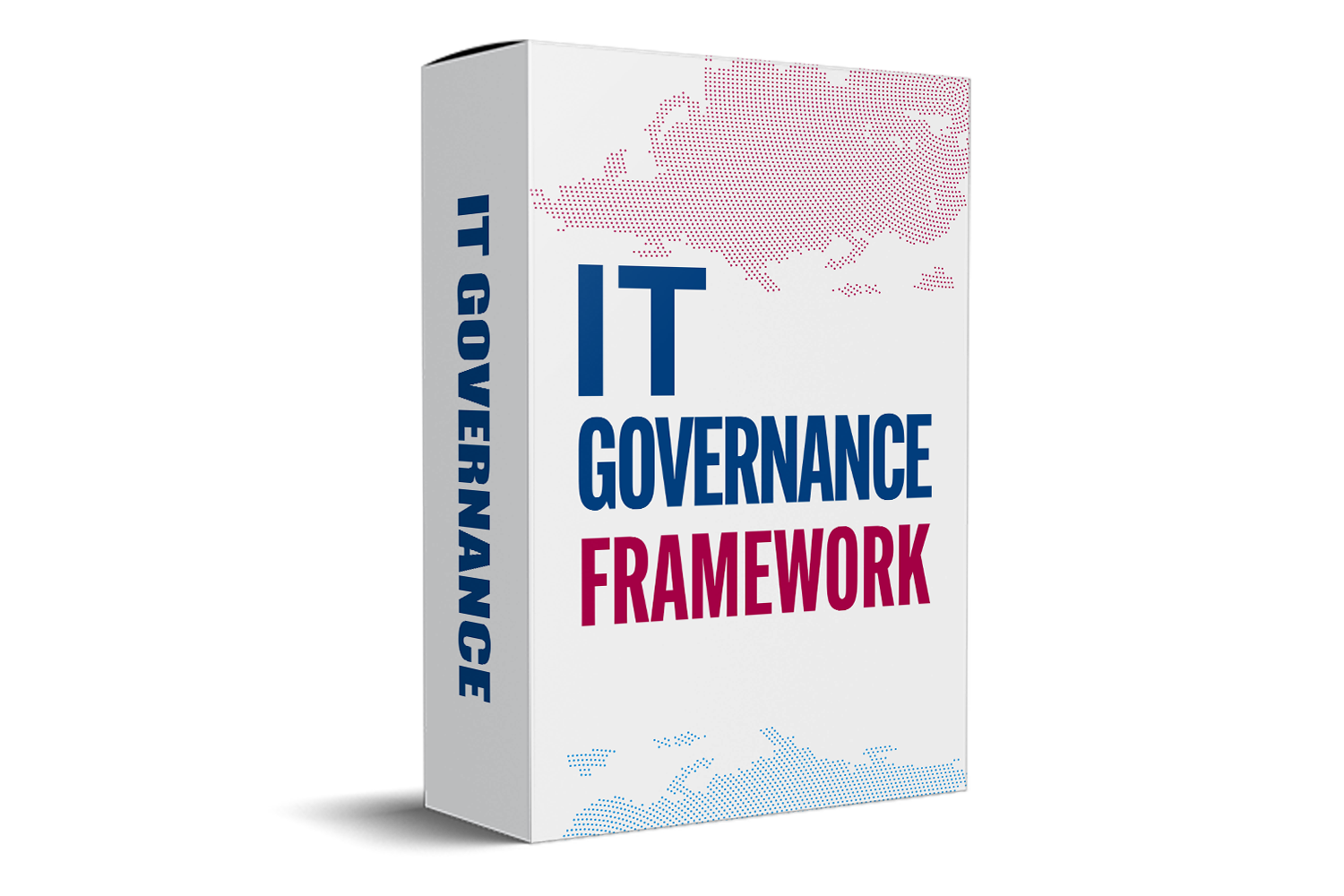Can I Take The ISTQB Exam At Home?
Yes, you can take the ISTQB exam at home using the remote proctoring option. This allows you to take the exam remotely under the supervision of a proctor via webcam. However, there are certain requirements and guidelines that need to be followed to ensure a fair and secure exam. The ISTQB (International Software Testing Qualifications Board) certification is one of the most recognized credentials in the software testing industry. It demonstrates a tester's proficiency and expertise in the field, and many professionals aspire to obtain this certification. With the ongoing pandemic and the shift towards remote work, many individuals are wondering if they can take the ISTQB exam from the comfort of their own homes.

Steps To Take The ISTQB Exam At Home
1. Check Certification Availability: Visit the ISTQB website or consult with your local board to verify whether the specific ISTQB certification you wish to take is available for online proctoring.
2. Choose An Examination Provider: Select an accredited examination provider that offers remote proctoring. Ensure they are recognized by the ISTQB.
3. Schedule Your Exam: Follow the provider's guidelines to book a suitable date and time for your examination.
4. Prepare For The Exam Day: Conduct a system check several days before the exam day. Familiarize yourself with the exam interface and ensure your equipment meets the technical requirements.
5. Take The Exam: On the scheduled day, log in to the examination portal and follow the proctor's instructions to begin your exam.
Taking The ISTQB Exam Online
Yes, under certain conditions, you can take the ISTQB exam online at home. The ISTQB has collaborated with various examination providers who offer remote proctoring services. This allows candidates to take their exams in a secure and monitored environment without the need to visit a physical testing center.
To take the ISTQB exam at home, candidates typically need to meet certain requirements, including:
- A Reliable Computer: Ensure your computer meets the technical specifications required by the remote proctoring service.
- Stable Internet Connection: A consistent and strong Internet connection is crucial for a seamless examination experience.
- Quiet Environment: A distraction-free space is recommended, as proctors will monitor the environment during the exam.
- Webcam And Microphone: Most remote proctoring setups require a functioning webcam and microphone to verify the candidate's identity and monitor behavior.
The Benefits Of Taking The ISTQB Exam At Home
1. Flexibility And Convenience: One of the most significant benefits of taking the ISTQB exam at home is unparalleled flexibility. Candidates can choose their exam date and time to fit their personal and professional schedules. This flexibility allows individuals to prepare thoroughly without the added pressure of adhering to a traditional exam timetable. Whether you are a working professional, a parent, or someone with multiple commitments, the option to take the exam remotely means you can find a time that suits you best.
2. Comfortable Environment: The environment in which you take an exam can significantly impact performance. By choosing to take the ISTQB exam at home, candidates can create a comfortable and familiar setting that reduces anxiety. This can lead to improved focus and concentration, allowing candidates to perform at their best without the distractions and pressures often found in formal exam centers.
3. Cost Effectiveness: Remote testing often comes with financial benefits as well. Candidates can save on travel costs, accommodation, and other expenses associated with attending an exam location. This cost efficiency makes professional development more accessible, especially for those in remote areas or countries where travel can be prohibitively expensive.
4. Less Time Consumed During The Process: Taking the ISTQB exam at home can significantly shorten the time spent on exam day. Instead of commuting to a physical location, candidates can simply log in to the testing platform, thus saving valuable time that can be better spent preparing or relaxing before the exam. Additionally, remote exam processes streamline the overall experience, allowing candidates to focus solely on the assessment itself.
5. Accessibility For All: Home testing increases accessibility for candidates with disabilities or special needs. Being able to take the exam in a familiar environment allows individuals to use their own aids or adaptations that might not be available at a standard testing center. This consideration fosters inclusivity and ensures that all candidates have an equal opportunity to succeed.
6. Enhanced Preparation And Resources: Taking the exam at home also allows candidates to utilize numerous online resources effectively. Whether it's reviewing practice questions, participating in online forums, or accessing study materials, the ability to prepare in a controlled environment enhances understanding and retention of knowledge. Additionally, candidates can keep their notes and study resources within reach, maximizing their ability to recall information during the exam.
7. Technological Integration: Remote testing incorporates advanced technology that can enhance the examination experience. Online proctoring tools can monitor candidates in real-time, ensuring the integrity of the exam while allowing for a smoother testing process. This technological integration not only provides a level of security but also caters to a modern generation of test-takers who are accustomed to using technology to streamline their experiences.
Conclusion
In summary, taking the ISTQB exam at home is a viable option for many candidates, thanks to advancements in technology and remote proctoring. This flexibility allows individuals to pursue certification without the stress of travelling to a testing center. As the professional landscape continues to evolve, ISTQB remains committed to providing accessible options for all aspiring software testers. Embrace the opportunity to further your career from the comfort of your home.



